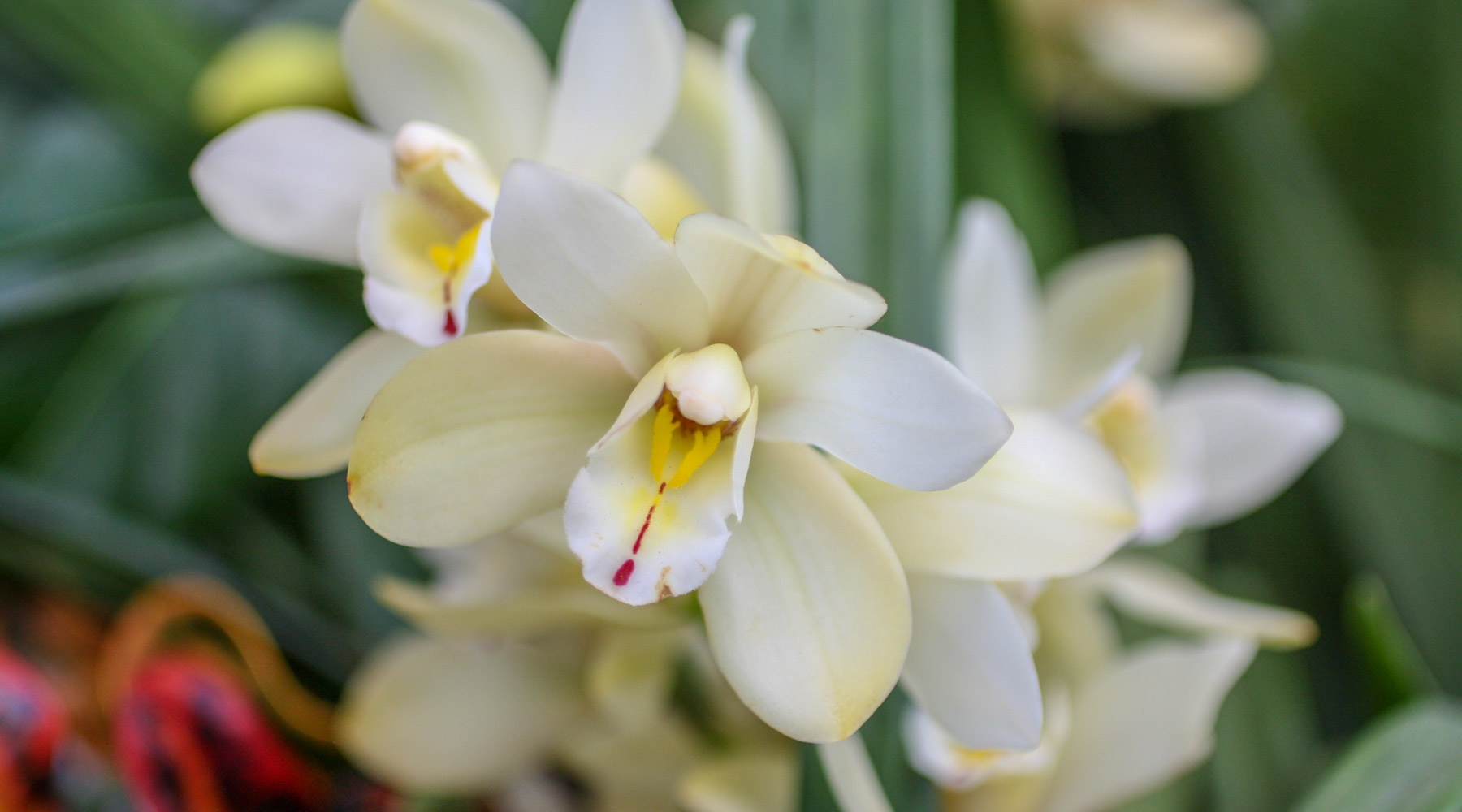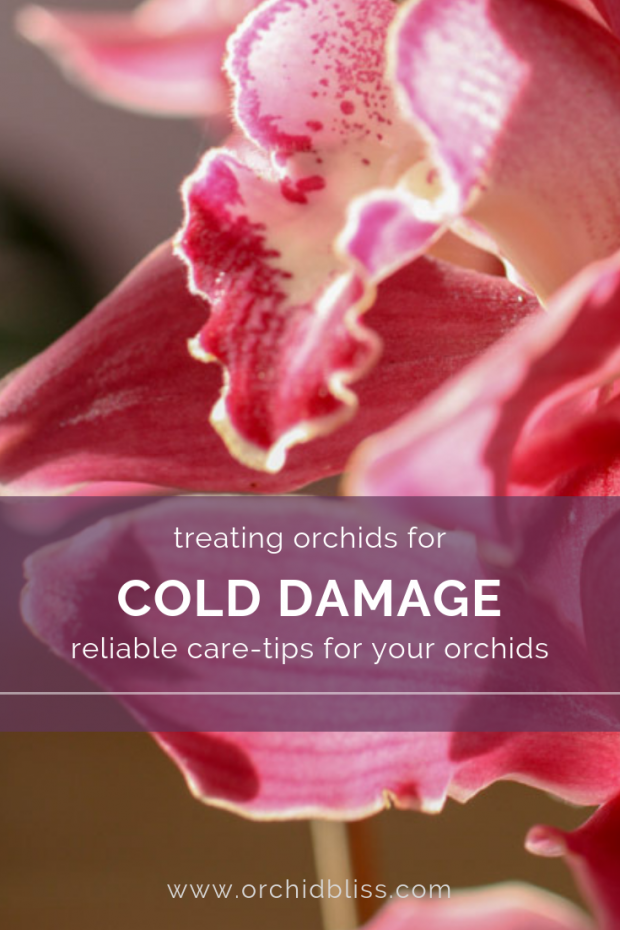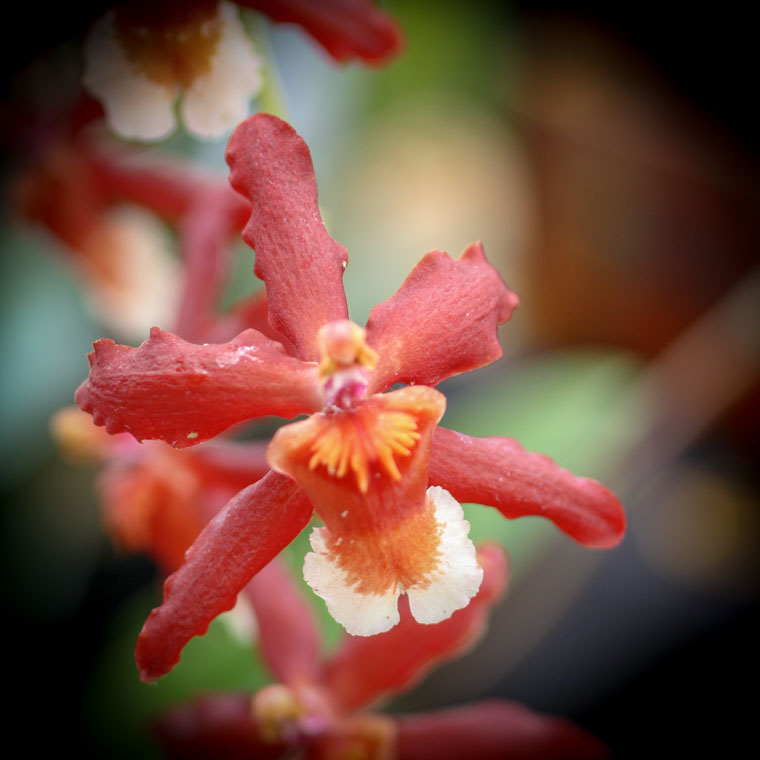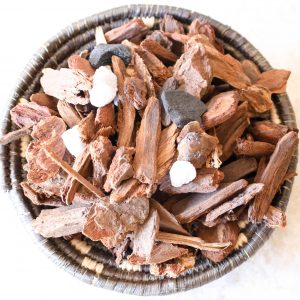
How to Save an Orchid From Cold Damage
I brought my cymbidium indoors when it got down in the low 40°s F / 4.4° C, but on a beautiful sunny day, in high 40°s F/9° C, I brought it back outside…and forgot about it. It spent a very chilly night out on my back porch. Now, I’m working to save my orchid from cold damage. Not fun.
If you’re in the same boat, you’ll find this article very helpful. In this post, I want to share with you how you can save your orchid from cold damage.
- Hold off on water and let the potting medium dry.
- Place the orchid in a humid environment – a clear plastic bag will help.
- Keep the orchid away from excessive heat – i.e. heaters, vents, wood stoves, etc.
- Keep the orchid away from direct sun – don’t set the orchid right under artificial lights or on a windowsill.
- Water only when new growth appears.
- Fertilize lightly – 1/8 recommended dose.
- Wait and see.
Read on to learn more about which temperatures will result in cold damage, and which temperatures will kill the orchid. Discover how to identify cold damage, and why, in some cases, cool temperatures are an important part of reblooming your orchids. Plus, get tips on how to prevent cold damage.

Some of the links on this page may be affiliate links. Click here to learn more.
How Cold Is Too Cold for Your Orchid?
While most orchids don’t want temperatures below 50° – 60° F/ 10°-15° C, cold damage isn’t likely to occur unless water on the leaves freeze. This occurs when temperatures plummet down below 30° F/0° C.
How to Identify Cold Damage:
Squishy, brown lifeless-looking pseudobulbs and blackened leaves, brown, limp leaves, and brown or black pits, indicate cold damage and manifest themselves the day after exposure.
As the orchid warms us, the appearance of cold damage becomes more apparent.
Cool is Good – Too Cold is Not
Many orchids benefit from cooler temperatures. In fact, without a bit of a chill, many orchids won’t produce flowers. When I set my cymbidium outdoors my intention was to give it a chance to initiate some buds.
Take it from me, don’t let your orchids get too cold. For most orchids, low 50°s-60°s F / 10°-15° C is enough of a chill to initiate reblooming.
Preventing Cold Damage
If you bring your orchids indoors during the winter months, don’t do what I did. Instead, play it safe and bring your orchids inside once the temperatures begin to dip.
Windowsill orchid growers, don’t set your orchid too close to the window. Even a thin curtain will provide some insulation between the cold outside and indoors. Open the curtain during the day and close it at night.
If you grow orchids outdoors year-round, place a frost cloth, blanket, or towel over your orchids if cold temperatures are forecasted. Mulch around your bedded orchids.
Need More Tips on Caring for Your Orchid this Winter?
I’ve got you covered. Check out this post with important information to help you properly care for your orchids through the winter. These winter-care tips will help your orchids prepare to rebloom.


